Transition Cow Management
Nutritional solutions for preventing metabolic disorders
Transition cow management is one of the most challenging periods. The transition period is 21 days before calving to 21 days after calving. The “transition” refers to dairy cows going from a near maintenance state in late gestation rapidly changing to a state of increased metabolic and nutrient demands required for the onset of lactation (Cardoso et al., 2020). It has been suggested that up to 80% of metabolic disorders or production diseases experienced by dairy cows occur during the transition period (Bradford, 2017).
Challenges for the transition cow:
Physiological challenges
- Milk fever
- Sub-Acute Ruminal Acidosis (SARA)
- Negative energy balance (NEB)
- Reduced immune function and inflammation
4 key areas
- Energy balance
- Mineral status
- Immune function and inflammation
- Rumen function
The transition period is perceived as hugely critical because of the long-term health and productive consequences and getting to the root cause of transition cow challenges is complex and, in most cases, multifactorial. Therefore, it is important to understand the different challenges, how they are caused and the interaction between the different challenges. Effective transition cow programmes will minimise the incidence of metabolic disorders and production diseases.
Video: Negative energy gap
Energy balance & mineral status of the transition cow
Maintaining energy balance during the transition from dry cow to lactating cow diet is difficult. Many production diseases (e.g. ketosis, reduced feed intakes) are caused by a level of production inconsistent with nutrient intake, inadequate diet specification or unsuitable environment (Mulligan & Doherty, 2008). Ensuring cows have sufficient feeding space, relative to their size, and formulating diets to be nutrient dense will help in avoiding some of the common energy balance problems. However, the main goal of the early lactation period should be to increase feed intake. In many cases, reduced dry matter intake (DMI) is a secondary consequence of other metabolic disorders, such as milk fever or inflammation. Calcium (Ca) is required for rumen contractions which is essential for maintaining normal rumen turnover rates and DMI.
The mineral status of the transition dairy cow is crucial and one of the main obstacles is parturition, which results in dairy cows becoming tremendously challenged to maintain calcium homeostasis (Goff, 2008). The Ca requirement of a dairy cow increases 4-fold at the onset of lactation (Cardoso et al., 2020). As a result, the prevalence of subclinical milk fever (blood Ca 2 mmol/L) in dairy herds worldwide remains high at 25% in primiparous cows and 60% in multiparous (Reinhardt et al., 2011). In many instances, subclinical milk fever is undiagnosed, but its economic impact remains significant and can predispose cows to other production diseases (Cardoso et al., 2020).
Recent research has further developed our understanding of subclinical milk fever by illustrating that not all subclinical milk fever are the same and the persistence of subclinical milk fever in the days following calving is more important than the nadir of blood Ca concentration at 24 hours (McArt et al., 2020). Both negative DCAD and higher magnesium (Mg) (0.45%) diets fed during the close-up dry cow period have proven successful in reducing the prevalence of both clinical and subclinical milk fever (Lean, 2006).

Milk fever incidence at varying Calcium concentrations (Source: Lean et al; 2005)
Transition cow management & immune function
Reduced immune functioning has been well documented as a consequence of the transition from gestation to lactation and a cow’s ability to deal with infections can be compromised. In more recent times, inflammation or an activated immune system has become an emerging aspect of transition cow biology (Bradford et al., 2015). While an acute inflammation is essential in fighting off infections, sub-acute inflammation is related to tissue malfunction and not a response to infection nor does it show the classical signs of acute inflammation. Sub-acute inflammation predisposes cows to other metabolic disorders and reduces production in the subsequent lactation. Nearly every transition cow experiences some degree of inflammation during early lactation, the only difference being the magnitude and persistence of the inflammation from one cow to another (Horst et al., 2020). It is for these reasons that inflammation is now recognised as one of the main challenges of the dairy cow transition period.
Transition cow management & rumen acidosis
The transition period is also recognised as a high-risk time for sub-acute ruminal acidosis (SARA). The abrupt change in diet from a high fibre, low starch & sugars diet during the dry period to a low fibre, high starch & sugars diet during early lactation poses a significant challenge to rumen pH and overall rumen health. These suboptimal rumen conditions can lead to other problems such as laminitis, reduced DMI and abomasal displacement/ ulceration (Mulligan et al., 2006). There have been many approaches to lessen the burden of sub-optimal rumen conditions during the transition period such as the gradual introduction of highly fermentable diets after calving, providing additional feed space so cows avoid gorging and the use of dietary supplements, like yeast and buffers, to stabilise rumen pH.
Each of the above four areas are important when considering transition cow programmes and they also need to be considered collectively. For example, rumen health will have a major impact on the incidence of “diet induced inflammation” which in turn may affect the persistence of subclinical milk fever in the days after calving or lead to other metabolic disorders. Horst et al. (2020) proposed that immunoactivation or subacute inflammation was contributing to milk fever and that low levels of circulating Ca in the blood was a consequence of inflammation, in some cases. Likewise, Ca balance and incidence of milk fever around parturition will have a significant effect on feed intake and subsequent energy balance in early lactation.
Video: rumen pH and production of volatile fatty acids in the rumen
Novel nutrition solution for the transition cow
An on-farm experiment conducted on a US dairy and presented at the 2018 ADSA meeting reported that cows supplemented with
Forty-eight Holstein dairy cows were assigned to 2 groups before calving and 4 groups after calving in a 2×2 factorial design experiment. Cows were fed from 3 weeks before calving to 6 weeks after calving. The 4 dietary treatments were as follows:
240 g/head/day sodium bicarbonate in lactation
2. 50 g/head/day CalMin in close-up
2. 50 g/head/day ProMin in close-up
2. 50 g/head/day Acid Buf in close-up
3. no additives in close up
4. 50 g/head/day CalMin in close-up
4. 50 g/head/day ProMin in close-up
4. 50 g/head/day Acid Buf in close-up
The diets were formulated to comply with NRC recommendations and were based on corn silage, alfalfa hay, bermudagrass balage, citrus pulp and soybean hulls. Ground corn was the main cereal and soybean meal was the main protein source. The dietary cation anion balance (DCAD) was -4.5 and -2.7 for the control and
CalMin ProMin Acid Buf increases Dry Matter Intake in early lactation



Conclusions
The transition cow requires lots of attention. Many strategies have evolved from research in this area and are already proving effective at farm level in reducing production diseases and metabolic disorders.
The results of this study and previous studies are specific to
- Providing a source of bioavailable marine minerals for improved homeostasis around calving
- Regulating rumen pH for enhanced transition to lactation diets
- Better feed intake and subsequent improvements in energy balance
- May play a role in reducing the extent of dietary induced inflammation in early lactation
The paper of Wu and co-workers is published in the Journal of Dairy Science. Download the full article here and get powered by our science.

Related articles
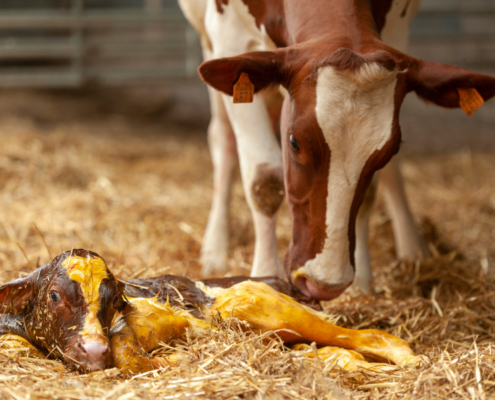 https://celticseaminerals.com/wp-content/uploads/2021/02/Transition-cow-Acid-Buf-CSM-800x600-1.png
600
800
Patricia
https://celticseaminerals.com/wp-content/uploads/2020/01/Celtic_13.png
Patricia2021-02-08 15:05:032023-03-02 13:35:35Transition Cow Management
https://celticseaminerals.com/wp-content/uploads/2021/02/Transition-cow-Acid-Buf-CSM-800x600-1.png
600
800
Patricia
https://celticseaminerals.com/wp-content/uploads/2020/01/Celtic_13.png
Patricia2021-02-08 15:05:032023-03-02 13:35:35Transition Cow Management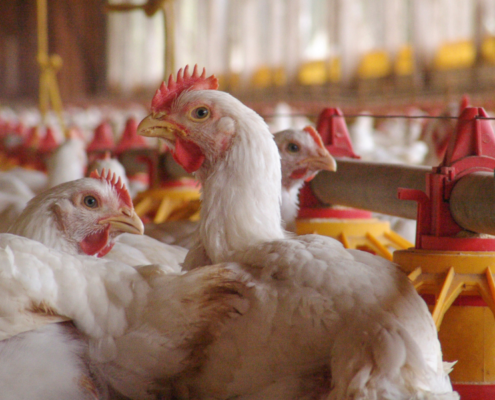 https://celticseaminerals.com/wp-content/uploads/2020/11/CSM-CeltiMin-layers-featured-image-webpage-800x600-1.png
600
800
Patricia
https://celticseaminerals.com/wp-content/uploads/2020/01/Celtic_13.png
Patricia2020-11-03 15:41:302023-03-02 13:36:21How to prevent eggshell quality problems?
https://celticseaminerals.com/wp-content/uploads/2020/11/CSM-CeltiMin-layers-featured-image-webpage-800x600-1.png
600
800
Patricia
https://celticseaminerals.com/wp-content/uploads/2020/01/Celtic_13.png
Patricia2020-11-03 15:41:302023-03-02 13:36:21How to prevent eggshell quality problems?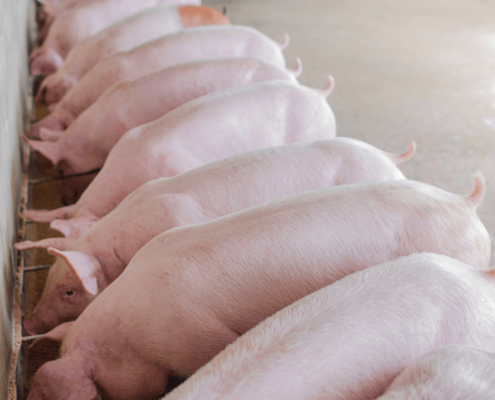 https://celticseaminerals.com/wp-content/uploads/2020/09/CSM-featured-image-gastric-pH-800x600px.png
600
800
Patricia
https://celticseaminerals.com/wp-content/uploads/2020/01/Celtic_13.png
Patricia2020-09-20 15:10:092023-03-02 13:36:48How gastric pH affects pig gut health
https://celticseaminerals.com/wp-content/uploads/2020/09/CSM-featured-image-gastric-pH-800x600px.png
600
800
Patricia
https://celticseaminerals.com/wp-content/uploads/2020/01/Celtic_13.png
Patricia2020-09-20 15:10:092023-03-02 13:36:48How gastric pH affects pig gut health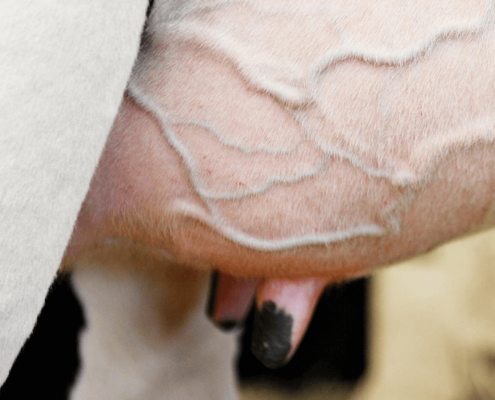 https://celticseaminerals.com/wp-content/uploads/2020/07/CSM-featured-image-heat-stress-asia.png
600
800
Patricia
https://celticseaminerals.com/wp-content/uploads/2020/01/Celtic_13.png
Patricia2020-07-28 08:45:572023-03-02 13:38:15Heat stress in dairy cows
https://celticseaminerals.com/wp-content/uploads/2020/07/CSM-featured-image-heat-stress-asia.png
600
800
Patricia
https://celticseaminerals.com/wp-content/uploads/2020/01/Celtic_13.png
Patricia2020-07-28 08:45:572023-03-02 13:38:15Heat stress in dairy cows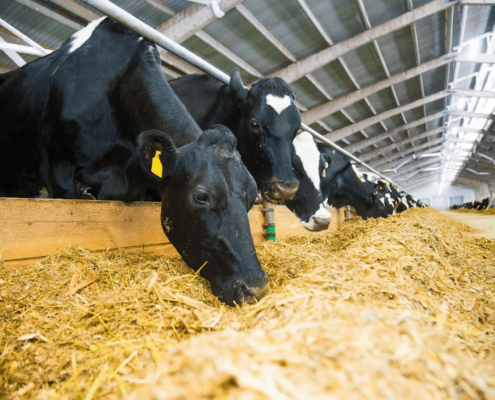 https://celticseaminerals.com/wp-content/uploads/2020/06/CSM-featured-image-feed-efficiency-800x600px.png
600
800
Patricia
https://celticseaminerals.com/wp-content/uploads/2020/01/Celtic_13.png
Patricia2020-06-30 12:28:302023-03-02 13:39:19Improving feed efficiency in dairy cows
https://celticseaminerals.com/wp-content/uploads/2020/06/CSM-featured-image-feed-efficiency-800x600px.png
600
800
Patricia
https://celticseaminerals.com/wp-content/uploads/2020/01/Celtic_13.png
Patricia2020-06-30 12:28:302023-03-02 13:39:19Improving feed efficiency in dairy cows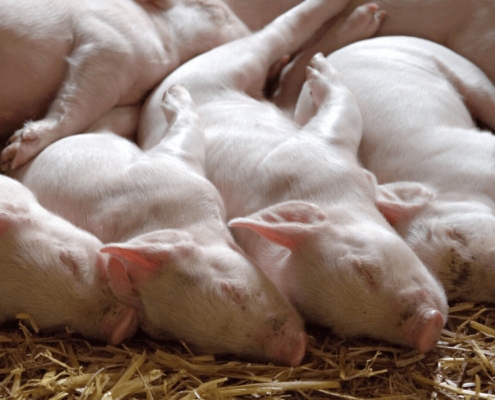 https://celticseaminerals.com/wp-content/uploads/2020/06/CSM-featured-image-piglets-sleeping-800x600px.png
600
800
Patricia
https://celticseaminerals.com/wp-content/uploads/2020/01/Celtic_13.png
Patricia2020-06-23 15:33:152023-03-02 13:40:54How to reduce pig aggression?
https://celticseaminerals.com/wp-content/uploads/2020/06/CSM-featured-image-piglets-sleeping-800x600px.png
600
800
Patricia
https://celticseaminerals.com/wp-content/uploads/2020/01/Celtic_13.png
Patricia2020-06-23 15:33:152023-03-02 13:40:54How to reduce pig aggression?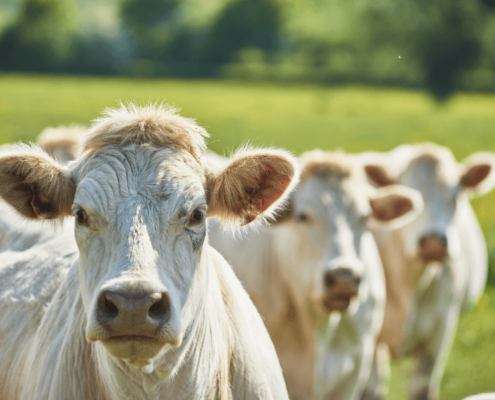 https://celticseaminerals.com/wp-content/uploads/2020/06/CSM-featured-image-beef-cattle-charolais-800x600px.png
600
800
Patricia
https://celticseaminerals.com/wp-content/uploads/2020/01/Celtic_13.png
Patricia2020-06-16 07:25:322023-03-02 13:41:17Fiber digestion drives beef cattle performance
https://celticseaminerals.com/wp-content/uploads/2020/06/CSM-featured-image-beef-cattle-charolais-800x600px.png
600
800
Patricia
https://celticseaminerals.com/wp-content/uploads/2020/01/Celtic_13.png
Patricia2020-06-16 07:25:322023-03-02 13:41:17Fiber digestion drives beef cattle performance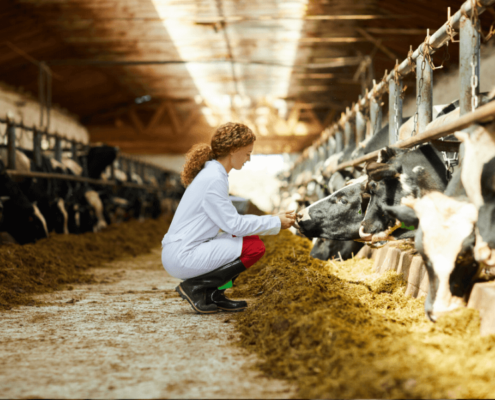 Celtic Sea Minerals
https://celticseaminerals.com/wp-content/uploads/2020/06/CSM-featured-image-dairy-cow-neville-800x600px.png
600
800
Patricia
https://celticseaminerals.com/wp-content/uploads/2020/01/Celtic_13.png
Patricia2020-06-01 20:53:282023-03-02 13:44:46How a rumen buffer drives dairy performance
Celtic Sea Minerals
https://celticseaminerals.com/wp-content/uploads/2020/06/CSM-featured-image-dairy-cow-neville-800x600px.png
600
800
Patricia
https://celticseaminerals.com/wp-content/uploads/2020/01/Celtic_13.png
Patricia2020-06-01 20:53:282023-03-02 13:44:46How a rumen buffer drives dairy performance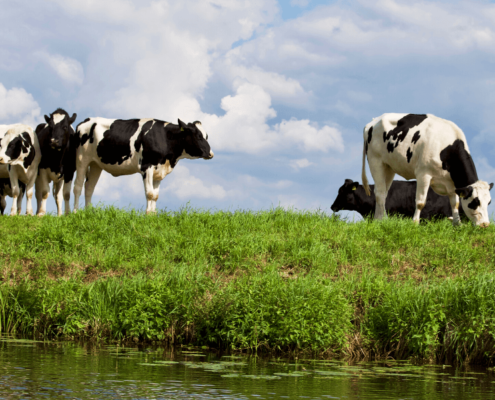 https://celticseaminerals.com/wp-content/uploads/2020/05/CSM-featured-image-holstein-cow-gras-800x600px.png
600
800
Patricia
https://celticseaminerals.com/wp-content/uploads/2020/01/Celtic_13.png
Patricia2020-05-24 21:54:212023-03-02 13:45:11How to reduce the risk for grass staggers?
https://celticseaminerals.com/wp-content/uploads/2020/05/CSM-featured-image-holstein-cow-gras-800x600px.png
600
800
Patricia
https://celticseaminerals.com/wp-content/uploads/2020/01/Celtic_13.png
Patricia2020-05-24 21:54:212023-03-02 13:45:11How to reduce the risk for grass staggers?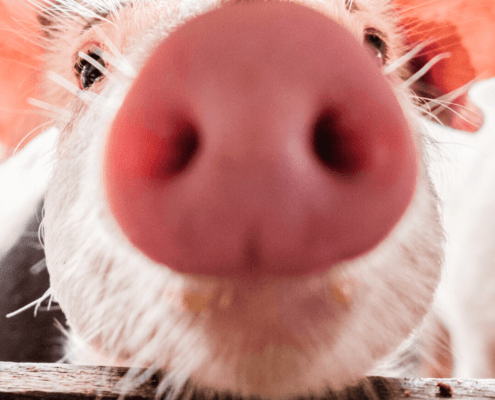 https://celticseaminerals.com/wp-content/uploads/2020/05/CSM-featured-image-pig-nose-800x600px.png
600
800
Patricia
https://celticseaminerals.com/wp-content/uploads/2020/01/Celtic_13.png
Patricia2020-05-12 22:21:192023-03-02 13:46:30How to prevent gastric ulcers in pigs?
https://celticseaminerals.com/wp-content/uploads/2020/05/CSM-featured-image-pig-nose-800x600px.png
600
800
Patricia
https://celticseaminerals.com/wp-content/uploads/2020/01/Celtic_13.png
Patricia2020-05-12 22:21:192023-03-02 13:46:30How to prevent gastric ulcers in pigs? Celtic Sea Minerals
https://celticseaminerals.com/wp-content/uploads/2020/04/CSM-Iceland-Marine-Minerals.png
600
800
Patricia
https://celticseaminerals.com/wp-content/uploads/2020/01/Celtic_13.png
Patricia2020-04-20 07:15:212023-03-02 13:48:33Marine Minerals Nutrition Platform
Celtic Sea Minerals
https://celticseaminerals.com/wp-content/uploads/2020/04/CSM-Iceland-Marine-Minerals.png
600
800
Patricia
https://celticseaminerals.com/wp-content/uploads/2020/01/Celtic_13.png
Patricia2020-04-20 07:15:212023-03-02 13:48:33Marine Minerals Nutrition Platform Celtic Sea Minerals
https://celticseaminerals.com/wp-content/uploads/2020/04/CSM-dairy-cow-udder-milk-fat.png
600
800
Patricia
https://celticseaminerals.com/wp-content/uploads/2020/01/Celtic_13.png
Patricia2020-04-19 18:50:522023-03-02 13:47:30How to increase butterfat in dairy cows?
Celtic Sea Minerals
https://celticseaminerals.com/wp-content/uploads/2020/04/CSM-dairy-cow-udder-milk-fat.png
600
800
Patricia
https://celticseaminerals.com/wp-content/uploads/2020/01/Celtic_13.png
Patricia2020-04-19 18:50:522023-03-02 13:47:30How to increase butterfat in dairy cows?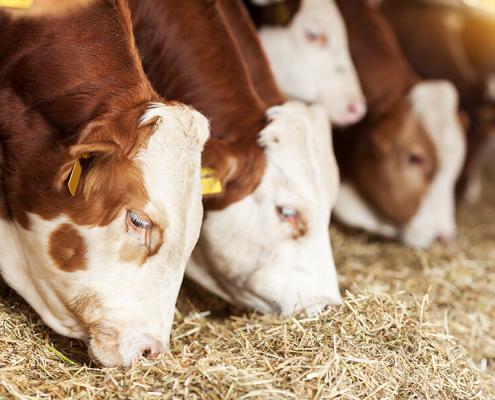 Celtic Sea Minerals
https://celticseaminerals.com/wp-content/uploads/2020/02/koe2.jpg
600
800
Patricia
https://celticseaminerals.com/wp-content/uploads/2020/01/Celtic_13.png
Patricia2020-02-14 21:43:062023-03-02 13:47:50How to prevent rumen acidosis?
Celtic Sea Minerals
https://celticseaminerals.com/wp-content/uploads/2020/02/koe2.jpg
600
800
Patricia
https://celticseaminerals.com/wp-content/uploads/2020/01/Celtic_13.png
Patricia2020-02-14 21:43:062023-03-02 13:47:50How to prevent rumen acidosis?You want to get powered by our science?

Strand Farm
Curraghbinny
Carrigaline
Co.Cork
P43 NN62, Ireland
T: +353 21 437 8377
E: info@celticseaminerals.com
Our marine minerals are fully compliant with the following globally recognised quality assurance schemes:



